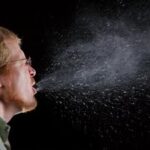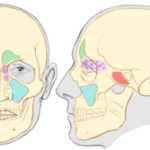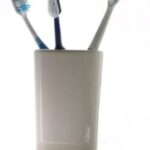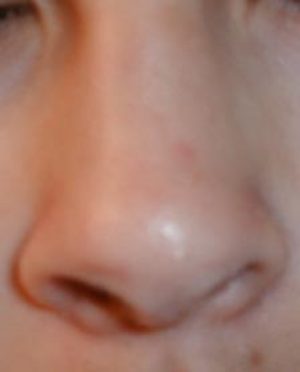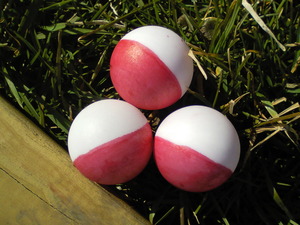Post nasal drip is often a sign that a sinus infection (sinusitis) is on the way. The other symptoms associated with sinusitis include productive coughing (coughing with phlegm or mucus discharge), runny nose, tickling at the back of the nose and throat, and bad breath. Postnasal drip often causes us to swallow frequently to try and stop the dripping and tickling sensation. Oftentimes, when a person has a sinus infection, he/she has puffiness around the eyes and inflamed nasal passages.
Postnasal drip is very annoying; you always know it is there because it is so thick that it just stays in the back of the passageway from the nasal cavity to the throat. The color of postnasal may start out to be a whitish yellow and end up turning into a pale green color. The color of the postnasal drip drainage is caused by bacteria; bacterial like living in mucus because it is a perfect environment for the microbes to grow and thrive.
Function of mucus
When we have postnasal drip, it is because our immune system has triggered the mucous membranes to produce more sticky mucus. The function of mucus is to trap the bacteria and allergens which may be causing the immune response. The production of sticky mucus is a protective mechanism to prevent disease.
Sinus infections are often accompanied by a cold or flu. Though, post nasal drip is an annoying symptom of an illness, there are things you can do to clear it up. Oftentimes, when there is postnasal drip, the sinuses are usually swollen or clogged with sinus drainage. You can relieve postnasal drip with a decongestant. The most effective type of decongestant contains pseudoephedrine.
Postnasal drip relief
It’s a good idea to check with your doctor or pharmacist before you purchase a decongestant; especially if you are taking prescription drugs or other over-the-counter drugs. Your doctor will likely want to check you to see what is causing your symptoms. Your doctor or pharmacist may recommend a tablet or a nasal spray to be used to relieve the sinus congestion associated with postnasal drip. Many people, looking for postnasal drip relief, will pick up an antihistamine to treat postnasal drip. Antihistamines may not be the best treatment for postnasal drip, because they can create dryness in the nasal passages which may further concentrate the secretions.
Blowing your nose frequently can help to relieve postnasal drip. Drinking a lot of water should help to make the mucus less viscous. Using a nasal spray made of normal saline should help to thin the secretions so that they can be removed by blowing your nose.
Conclusion
Aside from taking medications to relieve postnasal drip, you can also gargle with warm salty water. The way to make a good salt water gargle is to put about a quarter teaspoon of salt into warm water. Gargling with salt water should help to clear the back of the oral cavity of some of the secretions that enter from the back of the throat.
It is important to avoid caffeine and dairy products when you are suffering from sinus drainage and postnasal drip. Caffeine tends to cause dehydration, which will just make the secretions thicker. Milk also seems to aggravate the symptoms associated with sinus infections.
Sources:
Wise Geek
Web MD
